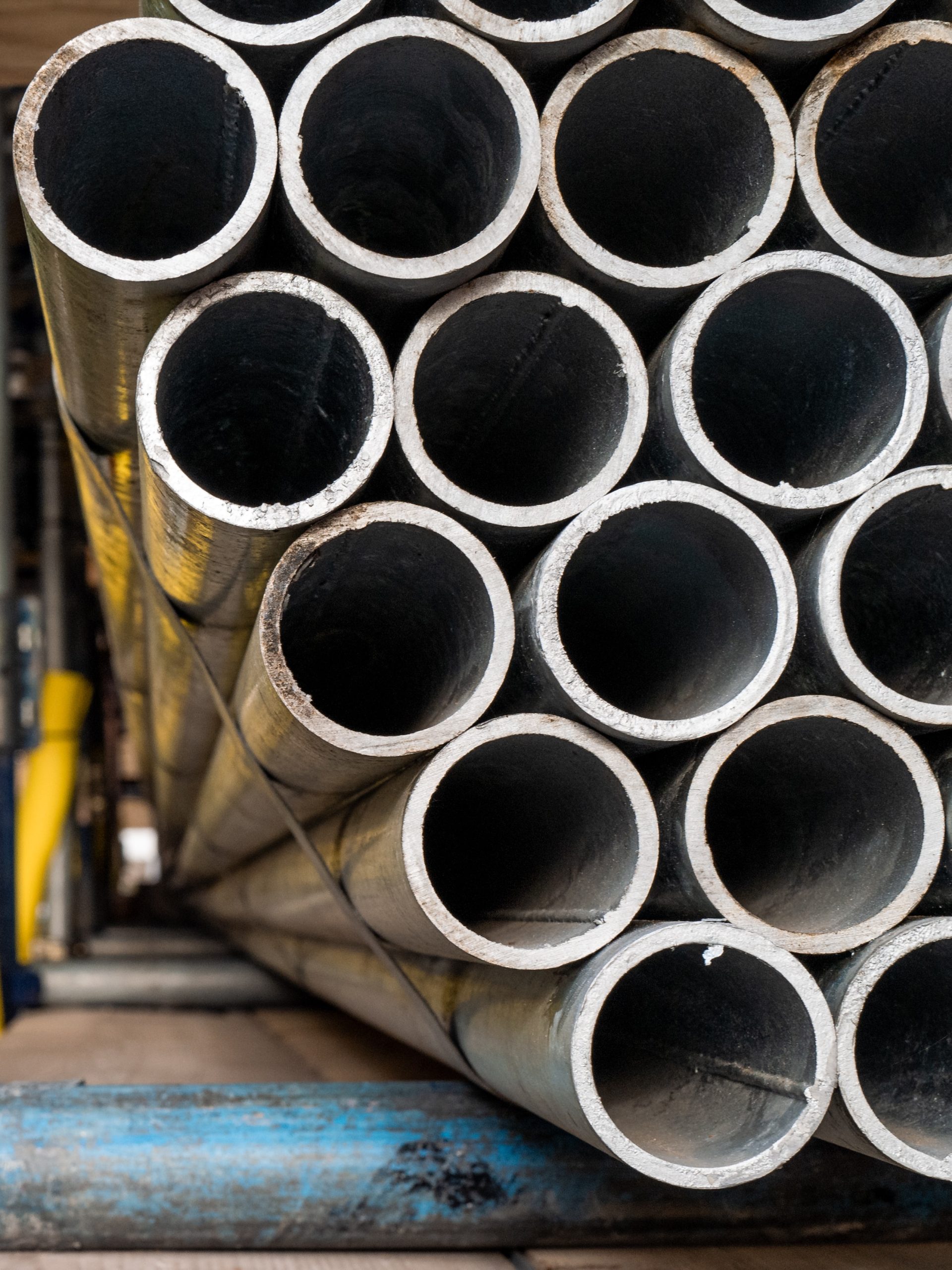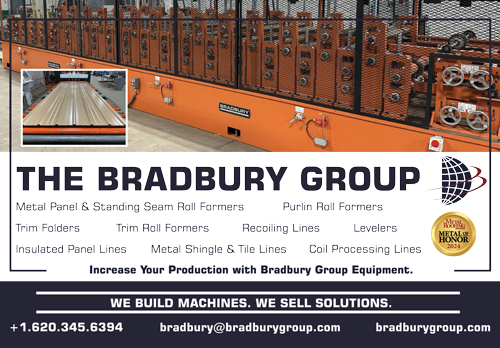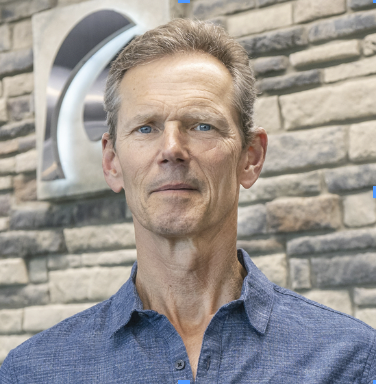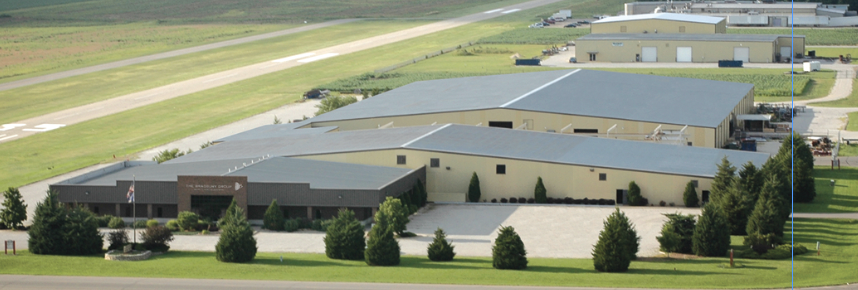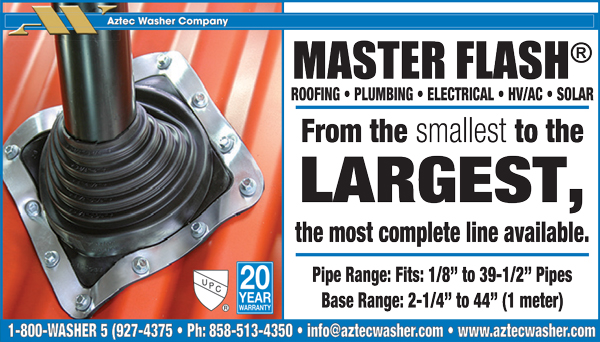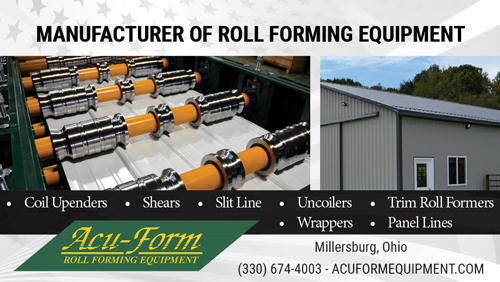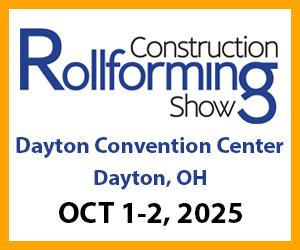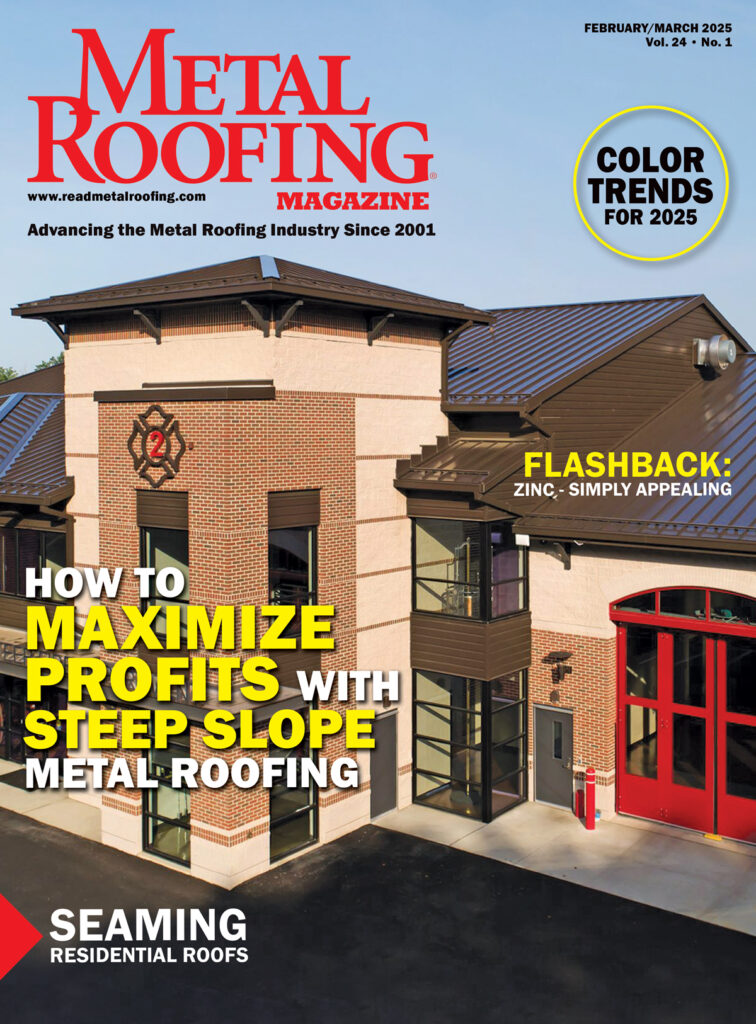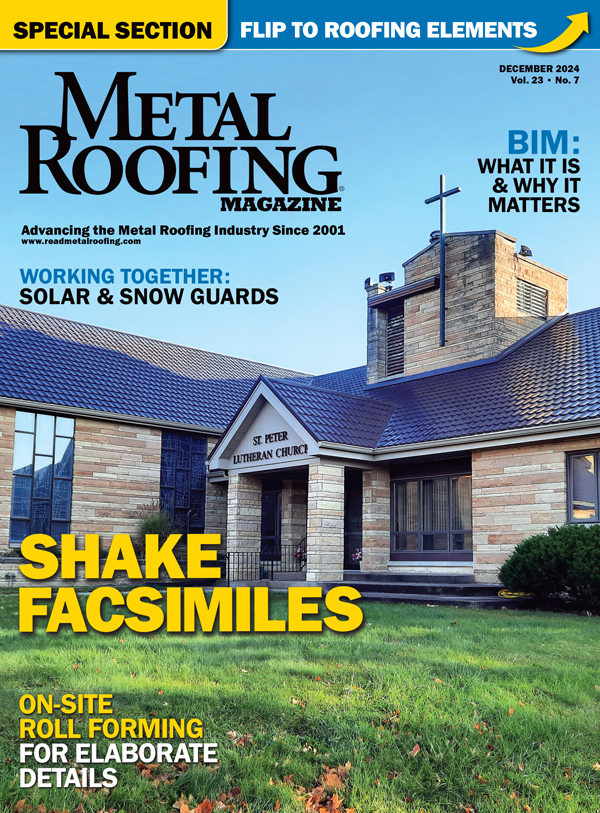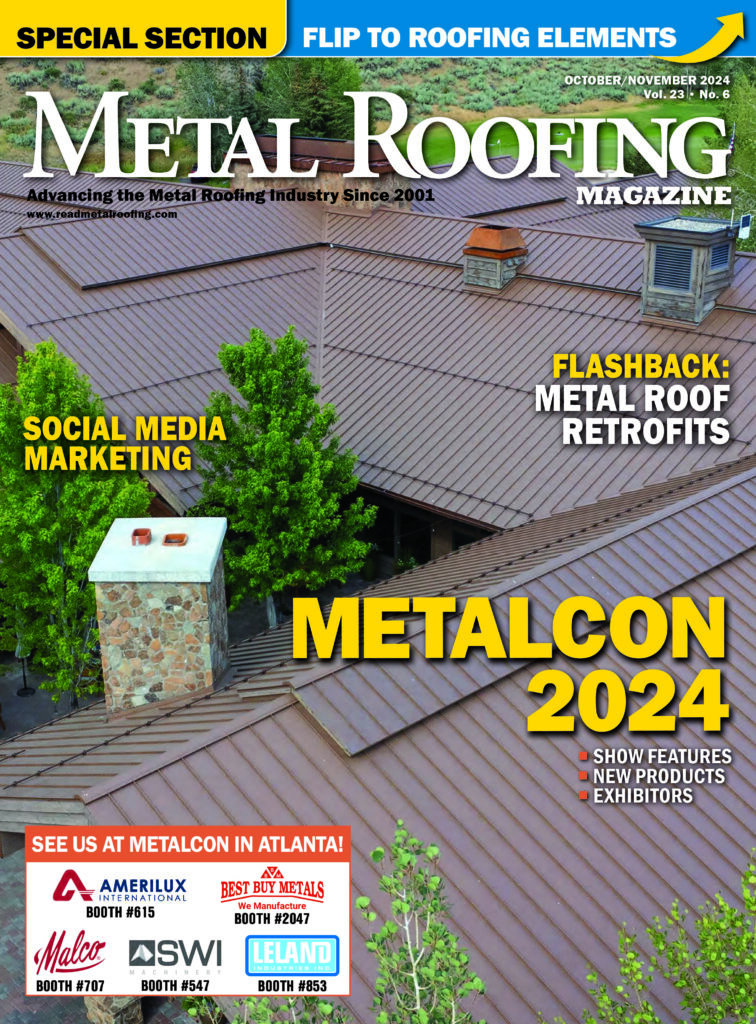Steel produced by electric arc furnace (EAF) steelmakers in the U.S. has a carbon intensity that is approximately 75% lower than traditional blast furnace steelmakers. This is the finding of an independent study of steelmakers worldwide conducted by CRU Group, a global business intelligence firm specializing in metals manufacturing. The study was released today by the Steel Manufacturers Association (SMA), the largest steel association in the U.S., representing the EAF steel industry and over 70% of steel made in the U.S. The study marks a new milestone in objectivity, accuracy, and comprehensiveness of measurement for greenhouse gas (GHG) emissions by the steelmaking industry.
“Something that can’t be measured can’t be managed, and our new study conclusively measures and validates how using recycled scrap-based EAF technology is the most sustainable means of producing steel today,” said Philip Bell, president, SMA. “Using an established, proven steelmaking process, EAF producers are making steel at far lower carbon-intensity levels than traditional steelmakers around the globe. There is a lot of inaccurate and misleading information about steelmaking, and we believe this independent study will help further our efforts to achieve a low carbon future.”
Study Methodology and Major Findings
The study was conducted from November 2021 to June 2022 and was independently managed by CRU. This included researching a majority of the world’s steelmaking companies and industry data sources, surveying various steelmaking players through anonymous methods, and synthesizing data from a multitude of private, industry, and government resources. Throughout the study, CRU adhered to definitions and practices established by the Intergovernmental Panel on Climate Change (IPCC), the United Nations body for assessing the science related to climate change. An executive summary of the study is available at https://steelnet.org/steelmaking-emissions-report-2022/ .
Among the study’s major findings, the average Scope 1 and Scope 2 GHG emissions intensity at the crude and hot-rolled steelmaking phases is 75% lower for EAF steelmakers compared with blast furnace steelmakers. Although the Paris Agreement and industry standards exclude Scope 3 emission in the supply chain, blast furnace producers crude steelmaking GHG intensity is still 210% higher than EAF steelmakers and 189% higher at the hot-rolled steelmaking phase when including all three scopes.
“Sustainability has become one of the most important issues in business today, and the steelmaking industry has long faced the challenge of being incorrectly perceived as one that relies on antiquated, inefficient, and highly polluting processes,” said Mark Millett, chairman, SMA, and co-founder, chairman, and CEO, Steel Dynamics. “This new study, which has been long overdue, raises the bar for the way we validate our progress in this area. EAF steel offers the greenest, safest, and most energy-efficient method of steelmaking, and our latest study makes our argument and evidence for this significantly stronger and clearer.”
Blast furnace steel, which represents about 70% of global steel manufacturing, is produced at large steel plants that use coal to melt raw materials into iron and then process it into steel. EAF steel, which represents approximately 70% of steelmaking in the U.S., is produced at steel plants that primarily use electricity and recycled ferrous scrap to make steel, resulting in a lower carbon emission and less energy-intensive process. As the electrical power grid in the U.S. continues to decarbonize through the efforts of utilities and individual companies, the carbon intensity of EAF steelmaking will drop to even lower levels.
“CRU is privileged to have been able to play a leading role in this extensive global industry study that will have a genuine impact on sustainability in the steel industry,” said John Ball, president, CRU North America. “To ensure the highest level of objectivity and prevent any potential conflicts of interest, the SMA completely entrusted CRU with the management of this project to allow us to research, collect, and analyze data from a wide range of steelmakers to produce the most accurate and comprehensive report possible. Our partnership serves as a model for the way that similar industry organizations can strengthen the integrity of their data by joining forces with a trusted partner that can independently and proficiently validate data.”
For more information about the study, access the executive summary at https://steelnet.org/steelmaking-emissions-report-2022/ .
# # #
About the SMA
The Steel Manufacturers Association (SMA) is the largest steel association in America. Representing the electric arc furnace (EAF) steel industry, which accounts for over 70% of steel made in the U.S. today, we are the advocates behind public policy solutions and member services that enable steelmakers to build their businesses, employees to build their lives, and communities to build their futures. Vastly more energy-efficient than traditional steelmaking, EAF steel is made using electrical currents to melt scrap steel and other recycled metals. Beyond the improved environmental impacts, EAF steel can be produced at higher efficiency and with more flexibility than blast furnace steel. For more information, please visit our website at www.steelnet.org or our LinkedIn page.
About CRU
CRU offers unrivaled business intelligence on the global metals, mining and fertilizer industries through market analysis, price assessments, consultancy and events. Since our foundation by Robert Perlman in 1969, we have consistently invested in primary research and robust methodologies, and developed expert teams in key locations worldwide, including in hard-to-reach markets such as China. CRU employs over 300 experts and has more than 10 offices around the world, in Europe, the Americas, China, Asia and Australia.


